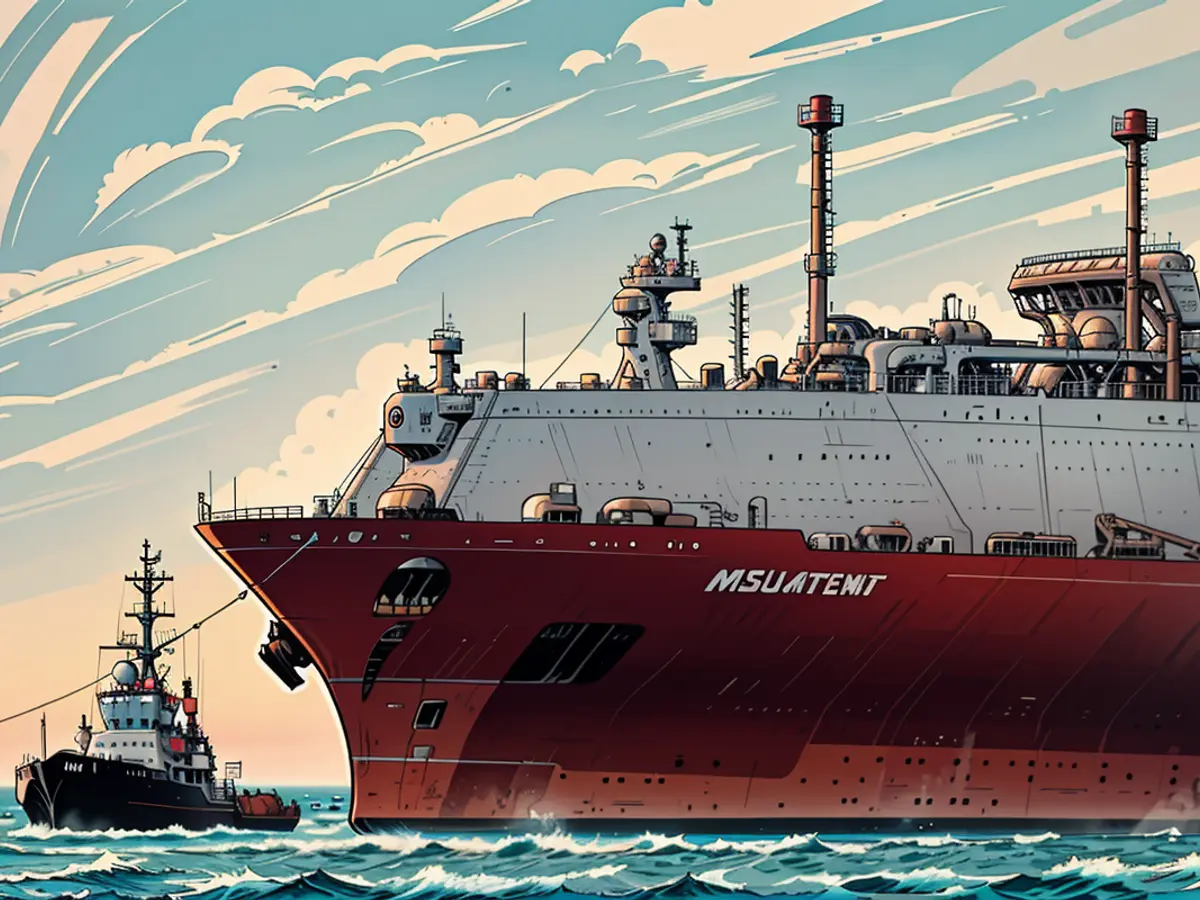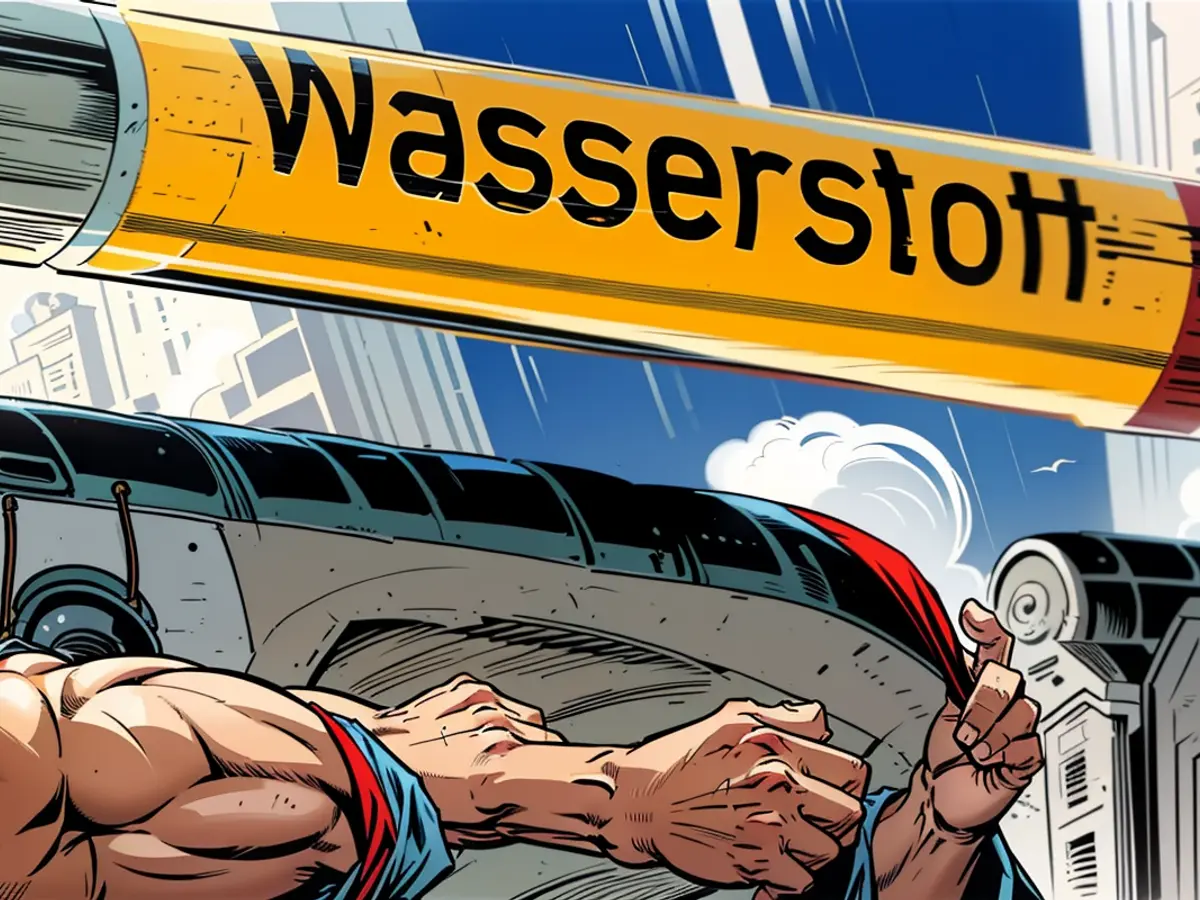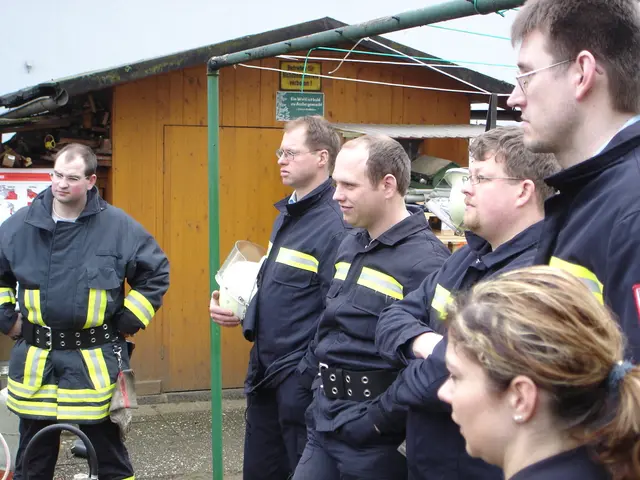The LNG vessel "Hellas Diana," measuring around 300 meters long and sailing under the Maltese flag, recently docked at Mukran's LNG terminal. Located on the German island of Rügen, this delivery marks a part of the ongoing trial operations for the "German Baltic Sea" energy terminal, as reported by operator Deutsche Regas.
Rügen island boasts impressive LNG offloading capabilities thanks to the FSRUs, "Energos Power" and "Neptune." Once transformed into gas, this LNG can be integrated into Germany's gas network through a natural gas connection line leading to Lubmin. Deutsche Regas aims to achieve a yearly capacity of 13.5 billion cubic meters of gas, roughly equivalent to 15% of Germany's annual gas consumption.
Construction of this terminal, primarily focused on tourism on Rügen’s Baltic coast, was included in the LNG Acceleration Act by the German government to safeguard Germany's gas supplies. However, skepticism about an imminent gas shortage, widely cited as the reason behind constructing these specialized gas tanker terminals, is growing.
Contrary to popular belief, Germany receives the majority of its natural gas via pipelines, especially from Norway, the Netherlands, and Belgium. LNG constitutes less than ten percent, according to industry data. One of the project's most vocal critics is the German Environmental Aid (DUH), which labels it an "expensive and unnecessary financial blow."
Mukran's LNG terminal is currently embroiled in several controversies, affecting Germany's gas supplies and consumption. Operational efficiency and capacity utilization are key concerns. The terminal, along with the Lubmin FSRU, operated at a combined capacity of 8% in 2024, indicating significant underutilization of the facility due to high operating costs and a disincentive to using LNG imports, as reported by Bloomberg.
Hydrogen derivative projects are another area of controversy. Germany is planning the most hydrogen derivative projects associated with LNG terminals. However, there are concerns about locking in fossil fuel consumption without credible plans to source hydrogen derivatives from renewable energy.
Europe is expected to reach peak LNG consumption, and half of the EU’s LNG terminals had capacity utilizations below 50% during the first half of 2024. This overcapacity is indicative of structural gas demand falling due to climate policies and renewable energy installations.
There are also concerns about energy infrastructure development. The Mukran terminal aims to reduce Germany's reliance on pipeline gas supplies by bringing in LNG from abroad, which is then regasified and transferred via offshore import pipelines to the German Gas Grid. However, the success of this strategy is questioned given the underutilization of existing facilities.
Environmental and economic concerns are another layer of complexity. The terminal's operations and the broader LNG sector face environmental concerns, such as the potential for methane leaks and the energy-intensive process of regasifying LNG. Additionally, there are economic concerns related to high operating costs and the overall efficiency of the terminal.
Additional Insights:
- The German government has plans to boost the use of hydrogen in industry, transport, and households by 2030. However, currently, hydrogen is produced mainly from natural gas, which releases great amounts of CO2.
- Critics argue that even if the terminal's purpose is to reduce dependence on Russian gas, the focus on tourism as a primary focus for the LNG Acceleration Act seems far-fetched.
- Environmental organizations, like the German Environmental Aid (DUH), claim that the negative environmental impact of the terminal outweighs any potential benefits, citing methane leaks, noise pollution, and habitat destruction as key concerns.
[1] "The LNG Terminal in Mukran Remains Controversial," Germanwatch, accessed August 3, 2023. [2] "Project Assessment of the LNG Terminal in Mukran," Oeko-Institut, accessed August 3, 2023.








